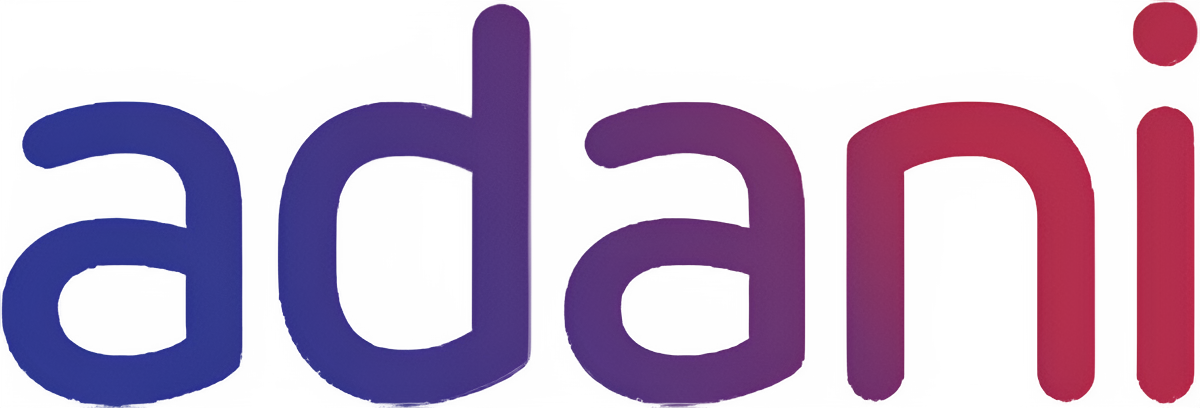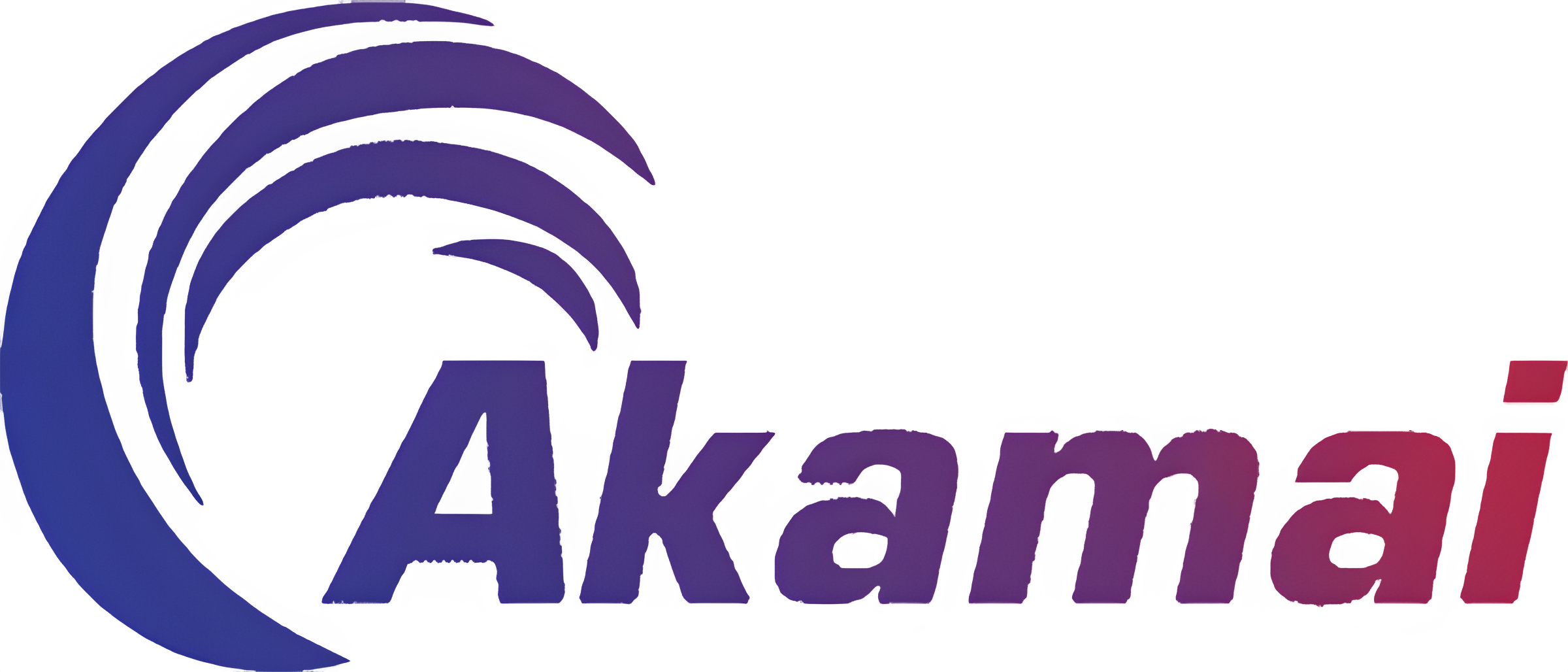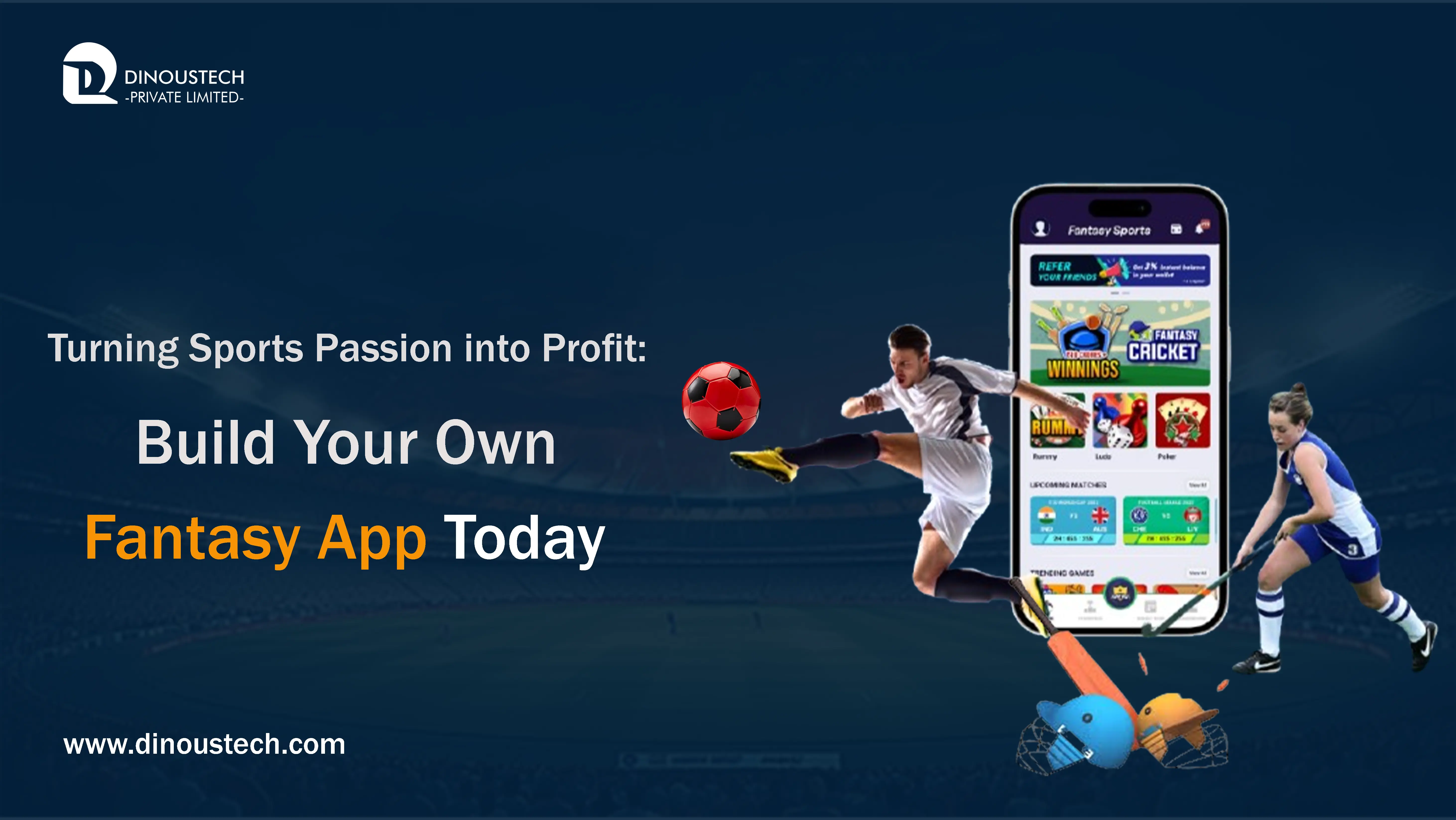Turning Sports Passion into Profit: Build Your Own Fantasy App Today
With the global fantasy sports market projected to grow from USD 32.75 billion in 2024 to USD 62.58 billion by 2029 at a robust CAGR of 13.83% and innovations such as AI-driven analytics, blockchain-based security, and AR/VR integration reshaping user engagement, building a fantasy sports app today offers a unique avenue to transform sports passion into profit. Key monetization models—including daily fantasy sports entry fees, microtransactions, advertising, subscriptions, and NFT-based collectibles—combined with real time player stats and social engagement features ensure high retention and revenue potential. This comprehensive guide walks you through market insights, core features, technology selection, development roadmap, and best practices needed to launch a scalable, high performance fantasy app.
Understanding the Fantasy Sports Opportunity
The fantasy sports app development industry has evolved from informal office pools to a global digital ecosystem. In 2024 alone, the market reached USD 32.75 billion, fueled by widespread smartphone adoption and data driven fan experiences. Europe, North America, and Asia Pacific are leading this surge, while Latin America and the Middle East emerge as growth hotspots. Modern fans crave interactive platforms that combine real time player analytics, predictive insights, and community engagement.
Daily fantasy sports (DFS) offering quick contests with real money rewards have become particularly popular, accounting for a significant portion of industry revenue. Furthermore, regulations around fantasy sports are maturing globally, providing a safer environment for paid contests and fostering user trust.
Core Features of a High Performing Fantasy App
A compelling fantasy sports app blends essential features with cutting-edge innovations:
- Real Time Player Stats & Predictive Analytics:
Continuous data feeds and AI-driven predictions help users make informed lineup decisions.
- User Authentication & Secure Payments:
Blockchain-based security and smart contracts ensure tamper-proof transactions for entry fees and payouts.
- Multiple Game Formats:
Offer traditional season-long leagues, DFS contests, pick ‘em pools, and niche sports to broaden appeal.
- Social & Gamification Elements:
Leaderboards, in-app chatrooms, achievements, and referral rewards boost retention and virality.
- Augmented/Virtual Reality Experiences:
AR overlays for live player stats and VR drafts create immersive engagement.
- Cross Platform Compatibility:
Build with React Native or Flutter to reach iOS, Android, and web users from a unified codebase.
By modularizing these capabilities, you can launch an MVP rapidly and iterate based on user feedback.
👉 Also Read: - Fantasy Sports App Development: Features, Cost and Future Trends
Trending Technologies and Innovations
Staying ahead requires embracing emerging trends:
- AI Driven Insights & Recommendations:
Machine learning models analyze historical performance, injury reports, and matchup statistics to generate lineup suggestions and predictive forecasts. This boosts user confidence and session length.
- Blockchain & NFT Integration:
Blockchain-based smart contracts automate payouts and record transactions transparently; NFTs enable tradeable digital player cards and collectibles.
- Augmented Reality & Virtual Draft Rooms:
AR can project live stats onto physical surfaces, while VR environments allow users to host virtual draft parties or replays, elevating user immersion.
- Gamification & Microtransactions:
In-app purchases for power ups, custom themes, or booster packs, combined with achievement badges and streaks, drive incremental revenue and engagement.
- Voice & Chatbot Assistance:
AI voice assistants and chatbots facilitate hands-free lineup changes, rule clarifications, and automated tips, making the app accessible to beginners.
- Predictive Analytics Dashboards:
Interactive dashboards display predictive metrics like projected points, volatility indices, and risk scores, empowering advanced users.
Step by Step Development Roadmap
Step 1: Market Research & Concept Validation
Conduct user surveys, competitive analysis, and regulatory reviews. Identify target demographics—DFS players, traditional league fans, or niche sports enthusiasts—and validate your unique value proposition with prototypes.
Step 2: Define MVP & Feature Set
Prioritize core functionality: user registration, contest creation, lineup management, real time scoring, and basic chat features. Limit scope to launch quickly, then expand with trending technologies.
Step 3: UI/UX & Web Design
Craft intuitive navigation, responsive layouts, and branded visuals. Incorporate dark/light themes, drag and drop lineup builders, and clear CTA buttons. Use Figma or Sketch for prototyping and test with real users.
Step 4: Choose Your Tech Stack
- Frontend: React Native or Flutter for mobile app; React.js or Vue.js for web.
- Backend: Node.js with Express or Django; real time via Socket.io or Firebase.
- Database: PostgreSQL for transactional data; Redis for caching; MongoDB for flexible schemas.
- Infrastructure: AWS (EKS, Lambda), GCP, or Azure with Kubernetes for auto scaling.
Step 5: Agile Development & CI/CD
Adopt Scrum with 2 week sprints. Automate builds, tests, and deployments using GitHub Actions or Jenkins. Implement unit, integration, and end to end tests with Jest and Cypress.
Step 6: Security & Compliance
Encrypt data at rest/in transit, implement OAuth 2.0, and integrate blockchain for transparent transactions. Ensure GDPR/CCPA compliance for EU/US markets.
Step 7: Performance Testing & Optimization
Use JMeter or Gatling for load testing. Monitor with Prometheus/Grafana and implement auto scaling policies based on CPU, memory, and custom metrics.
Step 8: Deployment & Launch
Use blue/green or canary deployments to minimize downtime. Set up CI/CD pipelines for seamless updates. Prepare rollback strategies.
Step 9: Marketing & User Acquisition
Leverage ASO, social media campaigns, influencer partnerships, and referral programs. Highlight trending keywords like “daily fantasy sports,” “real time player stats,” and “crypto fantasy sports” for SEO visibility.
Step 10: Ongoing Software Maintenance
Allocate 15–20% of initial budget annually for Software Maintenance like feature updates, security patches, and performance tuning. Monitor crash reports and user feedback to prioritize improvements.
👉 Also Read: - Quick Fantasy App Development for IPL 2025 – Launch in One Day
Monetization Strategies
Entry Fees & Prize Pools: Charge per contest with dynamic prize allocations for DFS.
Subscription Models: Offer premium analytics, ad free experience, and exclusive leagues.
Microtransactions: Sell power ups, booster packs, and custom themes.
Advertising: Integrate rewarded videos and native ads without disrupting gameplay.
NFT & Crypto: Enable NFT trading of player cards and accept crypto payments for entry fees.
Marketing & Growth Hacking
Social Engagement Features: Build in app chatrooms, community forums, and social sharing to foster user communities.
Influencer Collaborations: Partner with sports personalities and streamers for live draft events.
Referral Incentives: Reward users for inviting friends with entry fee credits or exclusive NFTs.
Content Marketing: Publish player insights, strategy guides, and highlight reels to drive organic traffic.
Ensuring Scalability and Reliability
Design for horizontal scaling with microservices and container orchestration. Implement database sharding and caching layers. Adopt service meshes and API gateways for traffic management. Utilize multi region deployments and CDN for low latency access worldwide.
Why Partner with Dinoustech
At Dinoustech, we specialize in end to end software development, encompassing mobile app development, web development, web design, and software maintenance. Our team has deep expertise in building scalable fantasy sports platforms, integrating AI driven analytics, blockchain security, and immersive AR/VR features. Partner with us to accelerate your time to market, ensure regulatory compliance, and maximize user engagement.
By following this step by step guide and leveraging trending technologies—from AI powered predictions and blockchain-based security to gamification and AR experiences—you can build a fantasy sports app that not only resonates with today’s sports enthusiasts but also delivers strong monetization and long term growth. Whether you’re launching a DFS startup or integrating a fantasy module into an existing sports platform, the opportunity to turn sports passion into profit has never been greater.

















